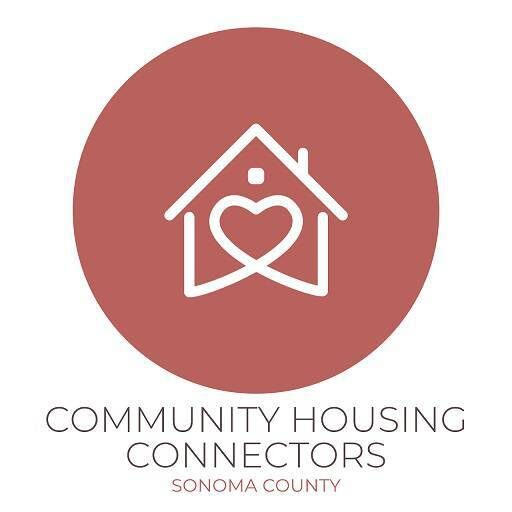Rental Assistance Programs
Sonoma County offers multiple different types of rental assistance designed to meet the unique needs of individual households. The core types of rental assistance are:
Length of Assistance: 1 month to 2 years.
Target Population: Homeless individuals who need lighter touch services to stabilize. Most program participants are able to stabilize their income within 1-2 years.
Services Offered: Case Management for 1 year or duration of assistance.
Agencies who Administer:
Catholic Charities
Committee on the Shelterless (COTS)
West County Community Services (WCCS)
Interfaith Shelter Network (IFSN)
Reach for Home
Social Advocates for Youth (SAY)
TLC Child & Family Services
YWCA Sonoma County
Length of Assistance: Indefinite
Target Population: Low income. There are special voucher types that serve only: Veterans, Disabled, Homeless, Foster Youth or Families re-unifying. Preference is give for Elderly and Disabled Households.
Services Offered: Targeted Voucher Types are partnered with Local Service Providers to offer 1 year of case management. Regular Housing Choice Vouchers do not have Supportive Services attached but every effort is made to refer individuals to other county resources.
Agencies who Administer: Santa Rosa and Sonoma County Housing Authority
Length of Assistance: Indefinite
Target Population: Individuals with a disabling condition who have been homeless for 1 year or more.
Services Offered: Intensive on-going case management
Agencies who Administer:
Buckelew Programs
Catholic Charities
Committee on the Shelterless (COTS)
Community Support Network
Interfaith Shelter Network (IFSN)
Reach for Home
Social Advocates for Youth (SAY)
Society of St Vincent de Paul
Sonoma County Housing Authority
West County Community Services
TLC Child & Family Services
YWCA Sonoma County
Many non-profit organizations receive flexible funding allowing them to support a household in immediate need. These funding types may not be considered on-going rental assistance, but organizations can often offer a commitment of 1 year to align with their current annual finances while they work with a household to increase their income.

